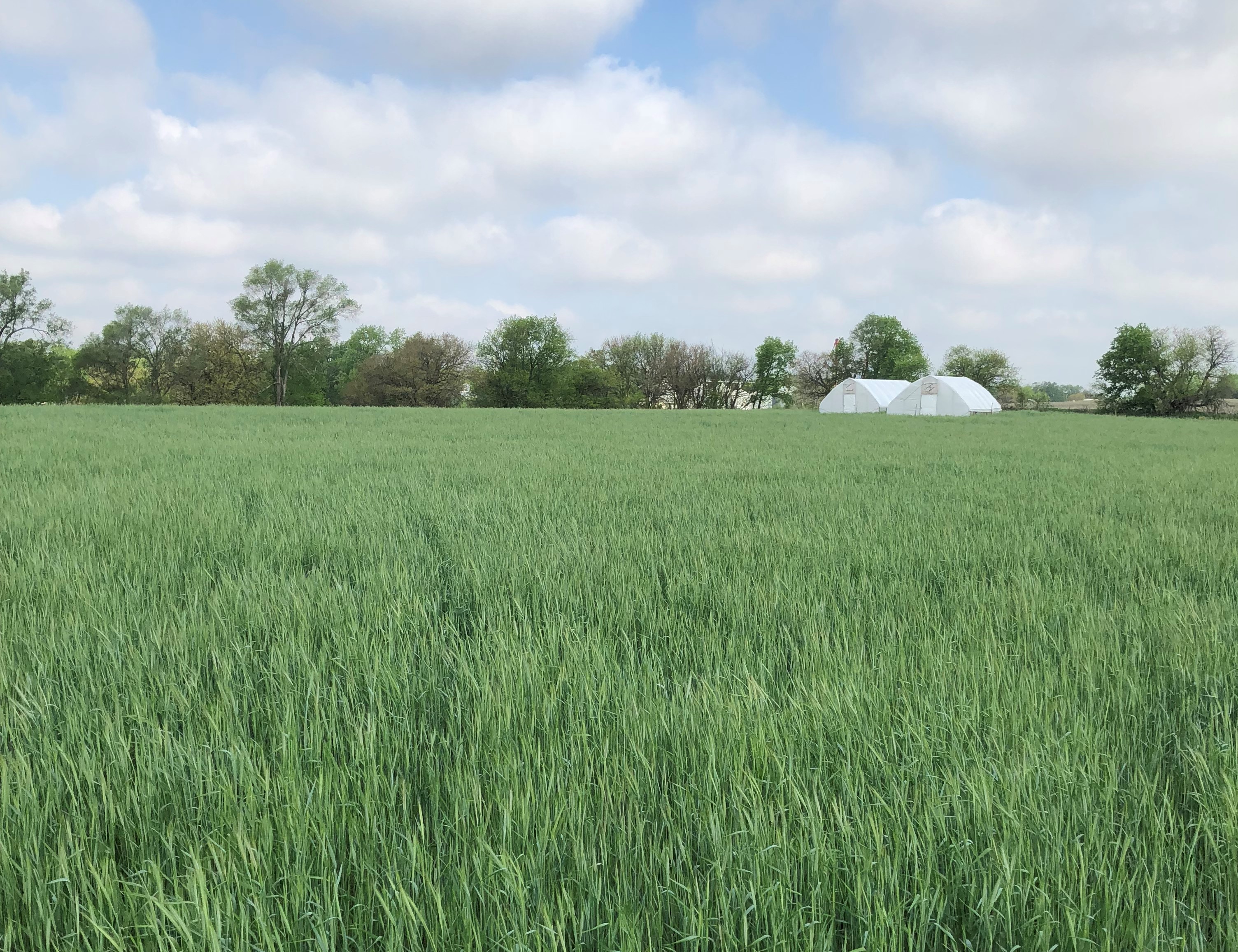
Photo Courtsey of Robinette Farms
A lush field of winter rye in May at Robinette Farms near Martell, Nebraska. The cover crop of rye was planted to nourish future vegetable fields and provide spring pasture to laying hens.
A cover crop is a plant that is primarily planted to slow soil erosion, improve soil health, enhance water availability, suppress weeds, help control pests and disease, increase biodiversity, and bring a plethora of other benefits to your farm.
Cover crops are typically grown in the off-season before a field is needed or part of a field's crop rotation. Covers crops are an indispensible tool for sustainable agriculture. There is extreme variety when it comes to the types of species planted as cover crops. Some common cover crops include winter rye, oats, buckwheat, red clover, vetch, beans, daikon radish, and mustards.
Cover crops have been shown to:
-
Increase yield
-
Protect against soil loss - by keeping roots in the soil year-round
- Improve soil fertility by increasing soil organic matter and with legume cover crops adding nitrogen to the soil
- Improve moisture availability especially during erratic weather
- Suppress Weeds
- Control infestations of pests and diseases